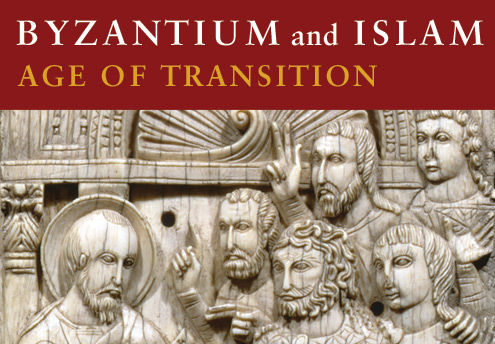Byzantine achievement was varied, distinguished, and of major importance to the West. Byzantine literature may suffer by comparison with the classics, but the appropriate society with which to compare medieval Byzantium is the Europe of the Middle Ages. Both were Christian and both the direct heirs of Rome and Greece. The Byzantines maintained learning on a level much more advanced than did the West, which, indeed, owes a substantial cultural debt to Byzantium.
In the West, the knowledge of Greek had disappeared, and no one had access to works of ancient Greek philosophy, science, and literature. During all this time the Byzantines preserved these masterpieces, copied and recopied them by hand, and studied them constantly. Study was not confined to monasteries but was also pursued in secular libraries and schools. The teacher occupied an important position in Byzantine society; books circulated widely among those prominent in public life.
The imperial academy at Constantinople supplied a steady stream of learned and cultivated men to the bureaucracy, the church, and the courts. Its curriculum emphasized secular subjects: philosophy, astronomy, geometry, rhetoric, music, grammar, law, medicine, and arithmetic. The School of the Patriarch of Constantinople, also in the capital, provided instruction in theology and other sacred subjects.
The most substantial part of Byzantine prose literature consists of theological writing. Early Byzantine theologians hotly debated the controversies that rent the Empire about the true relationship between God the Father and God the Son, or between the divine and human natures of Christ. Too difficult for most people to read or understand, such works nonetheless enormously influenced the lives of everyone.
The leaders of the society were directly or indirectly affected by the answers to the problems of human social and economic life in general, or of the life of the human individual in particular, and of a person’s prospects for eternal salvation or damnation. The early theologians also drew up appropriate rules for monks, balancing the need for denying the desires of the flesh with the provision of reasonable opportunities for work. Later, in the eleventh century, Byzantine theologians developed a mystic strain in which they urged contemplation and purification as stages toward illumination and the final mystic union with God.
Saints’ lives (hagiographies), usually written for the ordinary person, depicted adventure, anxiety, deprivation, violence, and agony of various sorts before the final triumph of virtue and piety. The eyes of the reader were directed upward toward a heavenly reward, since the hero of the story was often martyred. Exciting, edifying, and immensely popular in their day, these stories supply valuable bits of information about daily life, especially among the humbler classes, and about the attitudes of the people.
The study of saints’ lives became even more intense in the Latin West. The purpose and result were similar; in both, the contemplation of the saints’ lives was a function of education and doctrine. Around each saint arose a cult, and the saint became a patron, protector, even friend and intimate with whom the worshiper could communicate. By projecting the real into the supernatural world, the Christian societies in the early Middle Ages found a source of authority and security close at hand, when the secular authority of the emperor seemed far away and unable to respond quickly.
In the late fourth century, debates over the growing role of the saints and over the development of sanctuaries devoted to specific patrons reflected the tendency of the wealthy to make religious practice more private and exclusive, as opposed to the common people’s desire for access by the total Christian community. The issue was not an arid one, for access to a heavenly patron depended on who was that patron’s representative or intermediary on earth. When the bishops—that is, the church— emerged victorious, episcopal power became fully entrenched in the West. In the East the powerful families were generally successful in preventing the growth of a truly mass religion.

